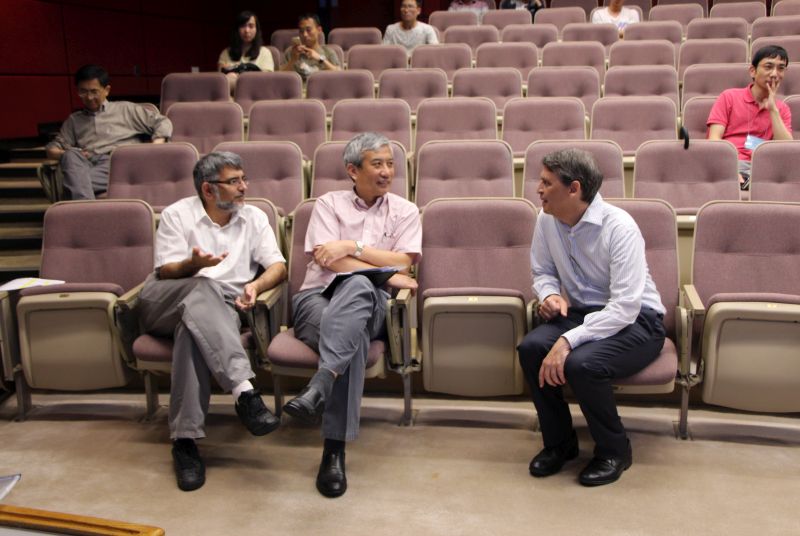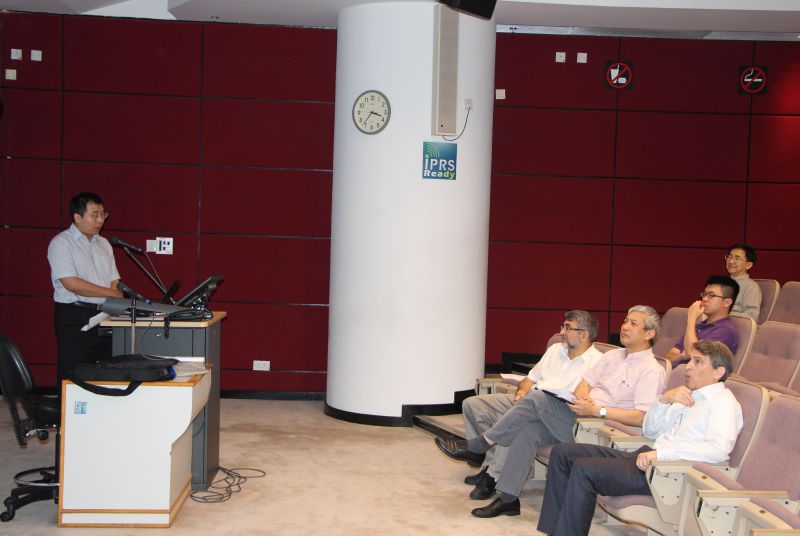Variations on the Coffee Ring Effect
Abstract
The speaker will describe the famous "coffee ring effect" and will illustrate how one can make the effect "disappear" by replacing colloidal spheres with ellipsoids in the drying droplet. The role of particle shape can be understood, at least partially, to be a result of capillary interactions at the air-water interface which are comparatively strong for ellipsoids compared to spheres. These concepts will be discussed. The speaker will then present observations of evaporating colloidal droplets in confined geometries (i.e., rather than the sessile drops); interestingly, this phenomenology is also influenced by the rigidity of monolayer particle membranes (and the influence of particle shape on this rigidity). Finally, the speaker will describe measurements of particle growth profiles at the drop edge which are sometimes described by Kardar–Parisi–Zhang (KPZ) models, depending on capillary interaction strength, and, if time is sufficient, the speaker will show similar drying processes in colloidal droplets with surfactants.
About the speaker
Prof. Arjun Yodh obtained his PhD from Harvard University in 1986. He joined the Department of Physics and Astronomy at University of Pennsylvania (UPenn) in 1988, following a two-year postdoctoral fellowship at AT&T Bell Laboratories. He is currently the James M. Skinner Professor of Science and the Director of the Laboratory for Research on the Structure of Matter at UPenn. He also has a secondary appointment in the Department of Radiation Oncology in the Medical School of UPenn.
Prof. Yodh’s current interests span fundamental and applied questions in condensed matter physics, medical and biophysics, and the optical sciences. Areas of ongoing research include: soft materials, complex fluids and networks, carbon nanotubes, laser spectroscopy, optical microscopy and micromanipulation, biomedical optics, functional imaging and spectroscopy of living tissues, photodynamic therapy and nonlinear optics. He is a Fellow of the Optical Society of America and of the American Physical Society.




